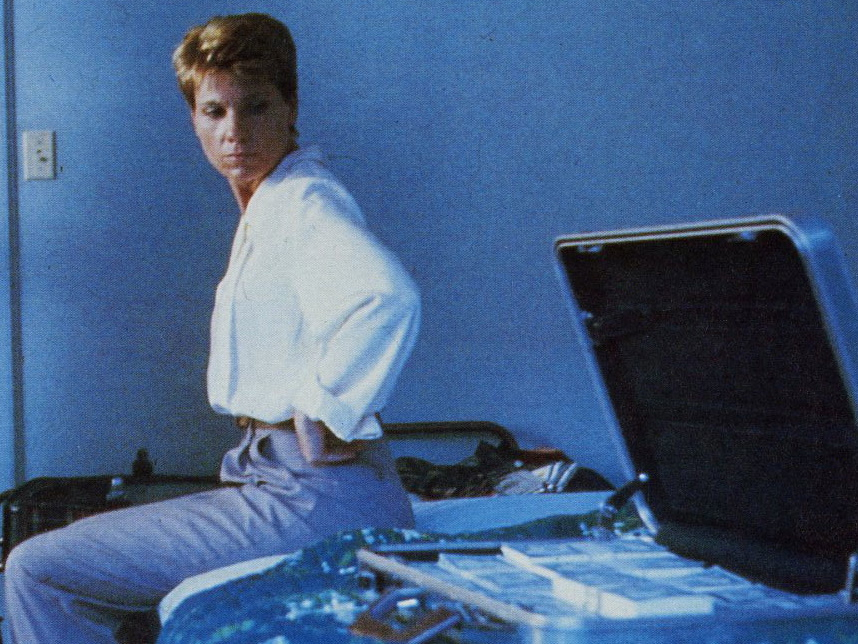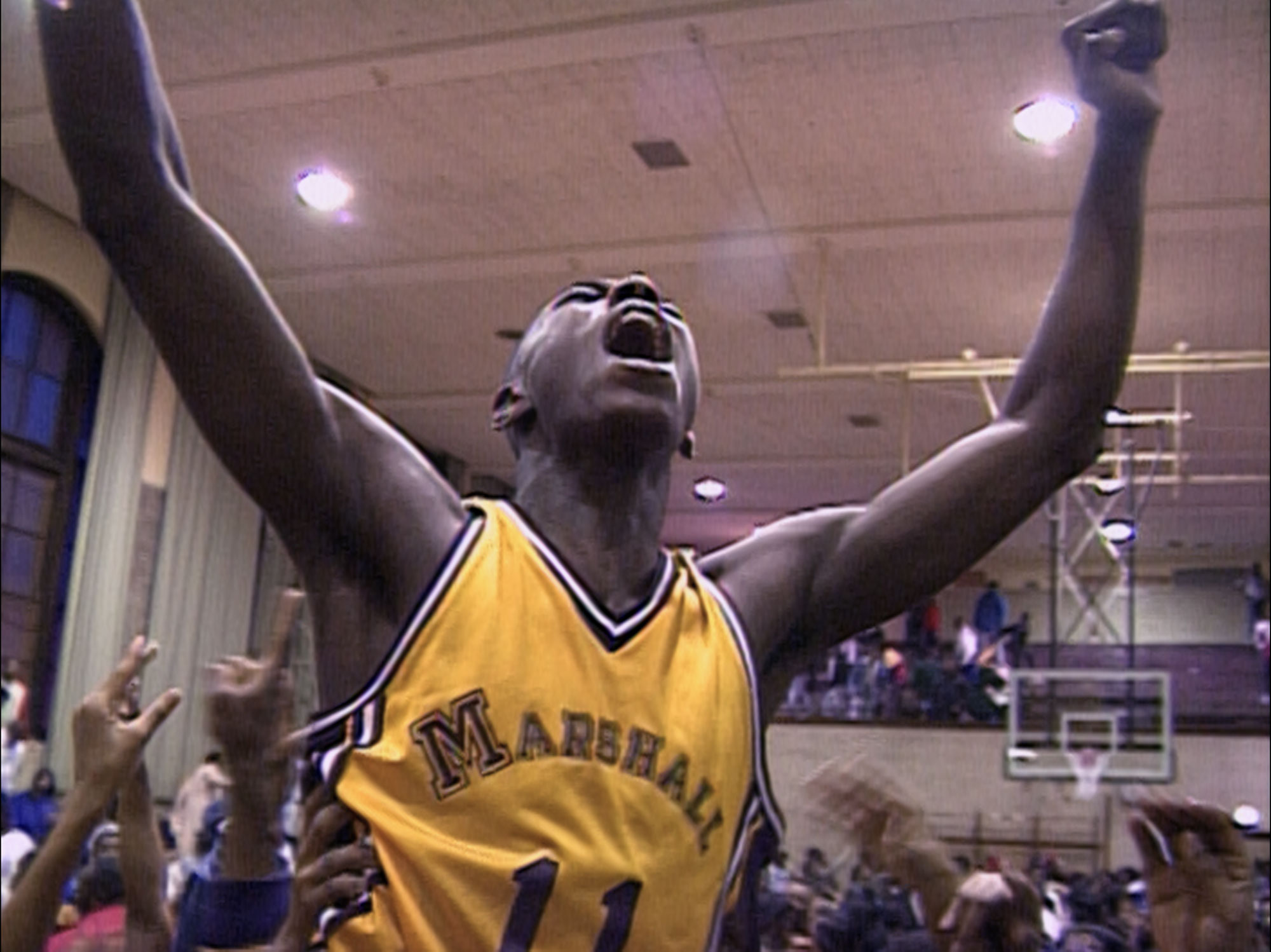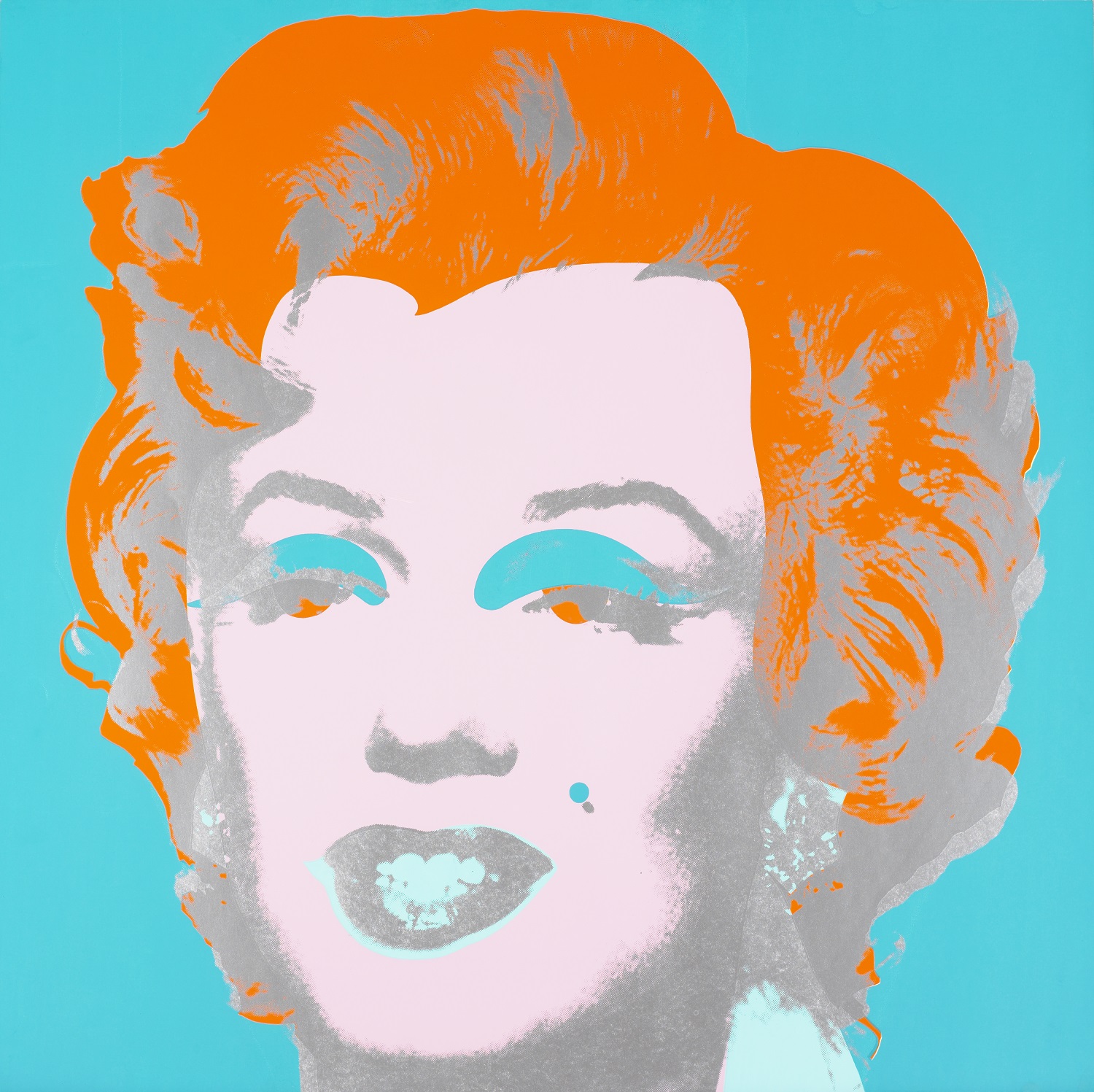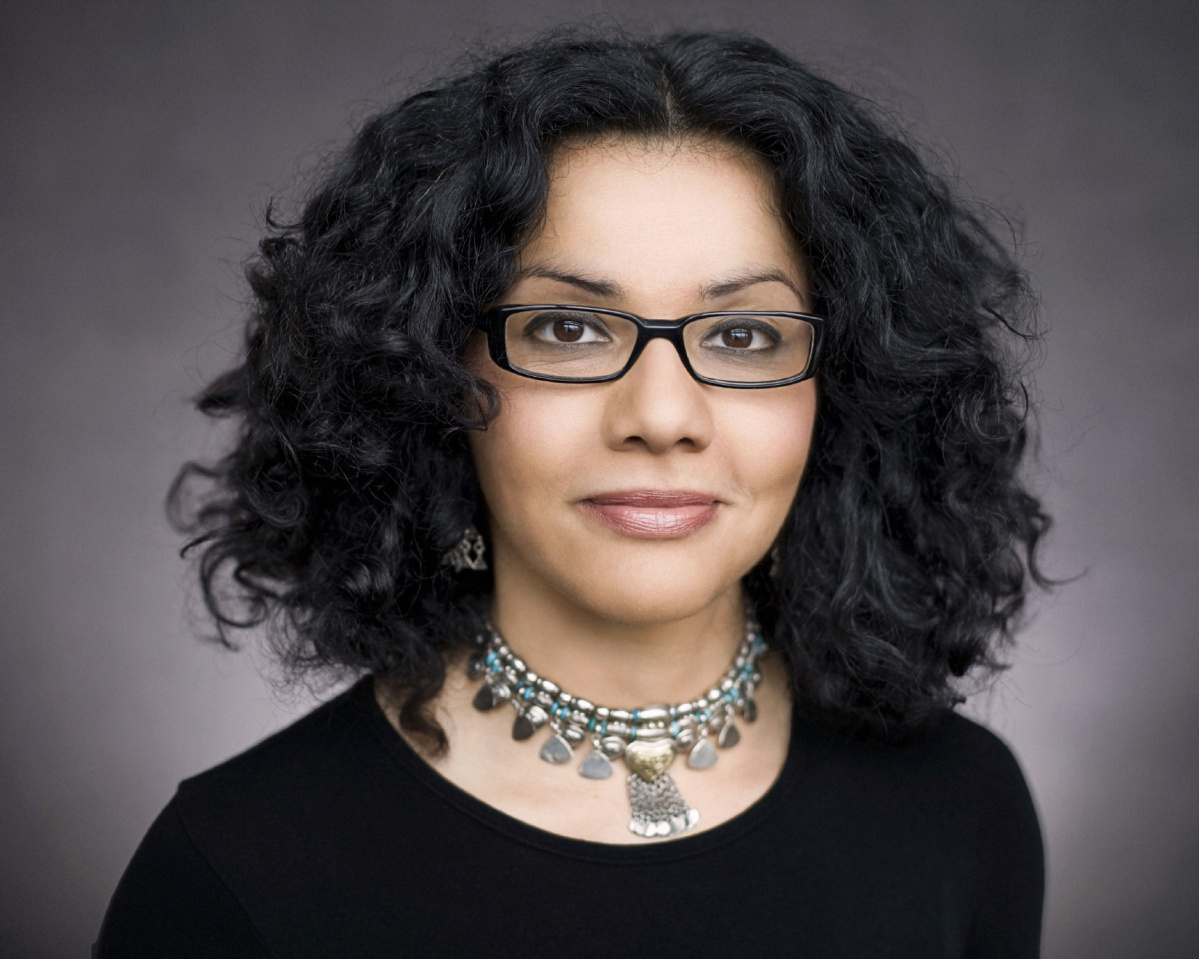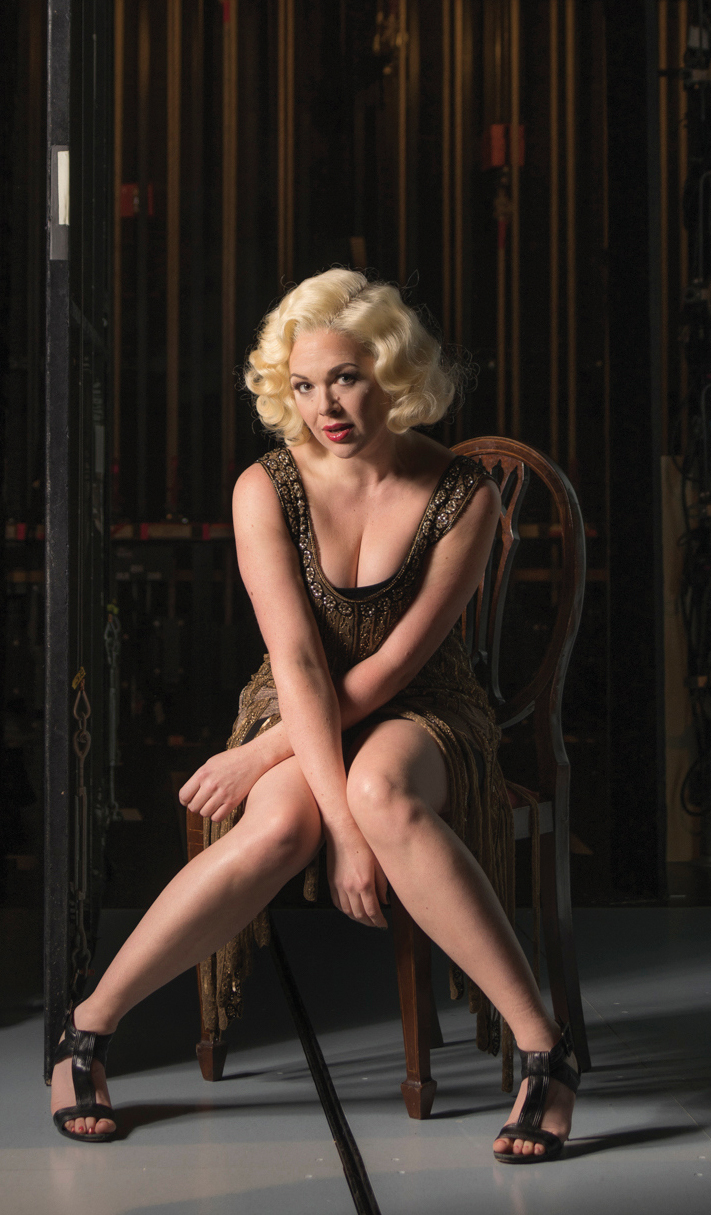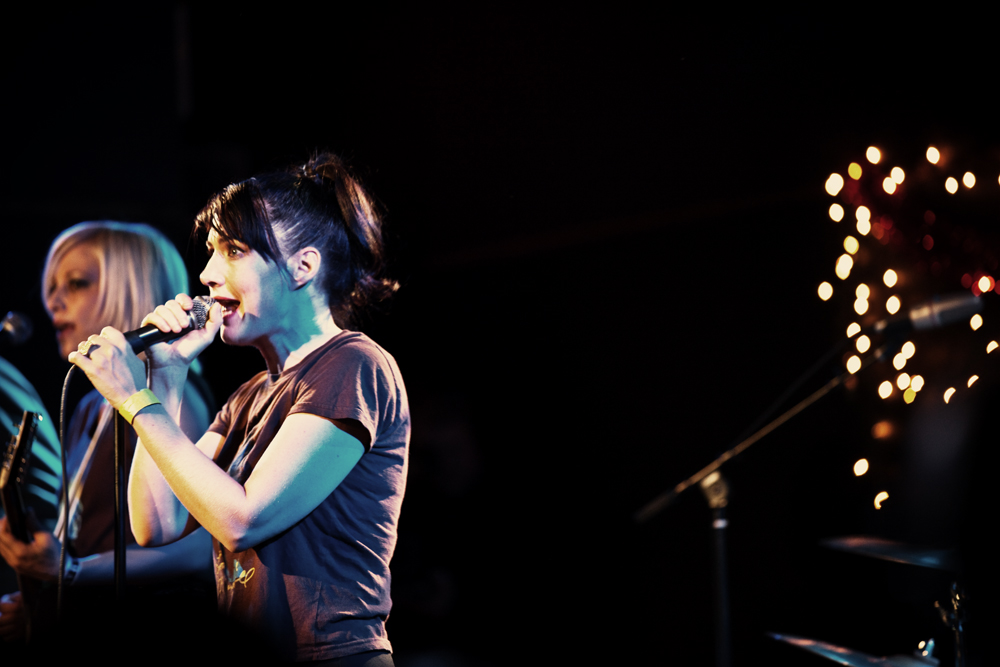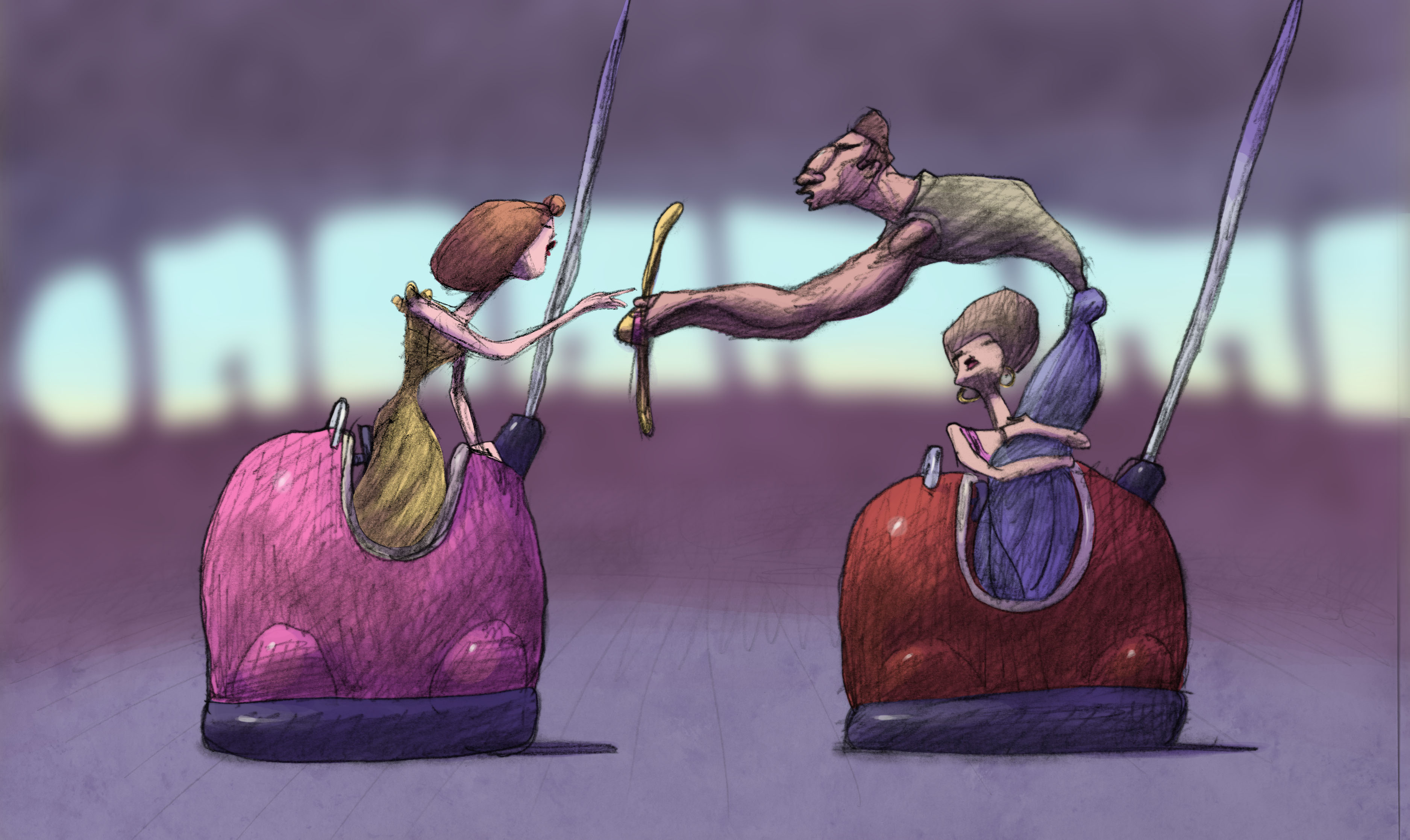Thursday, Dec. 18
House of Games
Shot here in Seattle, the 1987 House of Games concludes SAM’s fall noir series, but how noir it is matters not one bit. This was playwright David Mamet’s first time behind the camera, filming a taut, tense, and twisty script he co-wrote with Jonathan Katz (yes, the guy behind the animated ’90s show Dr. Katz, Professional Therapist). The story is basically how a shrink (Lindsay Crouse, then married to Mamet) gets conned by a suave grifter (Joe Mantegna, never finer). She’s intoxicated—as are we—not just by his colorful cohort and criminal schemes, but by the sheer dextrous language of deception. House of Games is a film about language—what it reveals, conceals, and secretly imports with double meanings. All day the shrink listens to patients who can’t control their tongues; no wonder she falls for a guy who lies so fluently for a living. This was Mamet’s breakthrough in Hollywood, and it features a gallery of rogues who’d figure in memorable crime movies ahead (by Mamet and others): J.T. Walsh, Ricky Jay, and William H. Macy. Few cinematic con jobs have ever been so fun or so nasty. Seattle Art Museum, 1300 First Ave., 654-3121, seattleartmuseum.org. $63–$68 series. $8 individual. 7:30 p.m.
BRIAN MILLER
Critics Wrap 2014
It’s that time of the year again. By now we Seattle film critics have seen most—but not all!—of the movies that’ll dominate the year-end lists and Oscar nominations. That means Boyhood and Birdman, Inherent Vice and Ida, plus some titles you may never have heard of. (Our 10-best lists will run in next week’s paper.) But to get an erudite overview of the cinematic bests (and perhaps worsts) of 2014, tonight you could ask for no better host than our senior film critic Robert Horton, who’ll lead a critics’ year-in-review panel. What does he expect to be the prime topics of conversation and/or contention? “We usually get a good mix of rapturous consensus and pointed disagreement,” says Horton. “I sense general support for Only Lovers Left Alive, less so for Boyhood. I’ll make a case for The Grand Budapest Hotel as a new classic. Plus, it’s fun to hear passionate defenses for outlying films—things you might not have thought of for a 10-best list. The audience is encouraged to join the conversation.” Frye Art Museum, 704 Terry Ave., 622-9250, fryemuseum.org. Free. 7 p.m.
BRIAN MILLER
Friday, Dec. 19
Hoop Dreams
Almost three hours long, this great sports documentary from 1994 is poignant for a couple of reasons. First, it’s been restored and reissued in the same year that the doc Life Itself—about the late Roger Ebert, who championed Hoop Dreams—came out. Life Itself is on this year’s Oscar shortlist, and it’s a sentimental favorite to make the actual cut of five nominees—as Hoop Dreams failed to do, which was something of a scandal at the time. (Ebert, of course, led the outraged critics’ community.) Second, consider the subject matter. Filming over six years (!), James creates a sociological portrait of poor black teens grasping for a way out of the Chicago housing projects. High-school basketball may be the putative topic here, but James’ real focus is on the pressures, expectations, and wishful thinking of two players, Arthur Agee and William Gates, who somehow hope to transcend circumstance and reach the NBA like Michael Jordan. (It’s no spoiler to say those dreams don’t come to pass.) There’s a near-certain likelihood that our basketball-loving future president saw this doc while teaching at the University of Chicago in the ’90s, before his meteoric political rise. Agee and Gates weren’t so lucky or talented or whatever quality it is that separates the occasional African-American star—in politics or sports—from the common fate. Hoop Dreams isn’t tragic, exactly, yet it illustrates the few choices available for so many young black men even today. (Through Sun.) Northwest Film Forum, 1515 12th Ave., 267-5380, nwfilmforum.org. $6-$11. 7 p.m.
BRIAN MILLER
Sunday, Dec. 21
North Corner Chamber Orchestra
Maybe it’s just that they played in a church—but many local small orchestras do, and they don’t evoke the magic of the pathbreaking, venerable Academy of St Martin in the Fields quite like NOCCO did at its November debut. There’s a lot of chamber-orchestra repertory you probably first encountered thanks to the Academy (founded in London in 1959) and its large discography—and NOCCO’s first concert evoked that same arresting sense of excitement and discovery, as if I were hearing those Handel, Britten, and Shostakovich pieces for the first time. Conductorless (which may have something to do with it), and founded on a core of about 20 string players (adding winds and brass as needed), NOCCO’s zing and polish will be tonight deployed in three of Bach’s “Brandenburg” Concertos: the Third, with its thrilling, torrential string writing; the Fourth, a pastoral interlude with a tootling pair of recorders as soloists; and the Fifth, with its wild, rhapsodic, slightly unhinged harpsichord cadenza. Magnolia United Church of Christ, 3555 W. McGraw St., nocco.org. $10–$20. 7:30 p.m.
GAVIN BORCHERT
Tuesday, Dec. 23
Pop Departures
Yes, Tuesday. Ordinarily SAM would be closed today, but the museum has tweaked its hours to accommodate the huge interest in this survey show, which runs through January 11. (It’s also open the next two Tuesdays . . . as is the gift shop, by some strange coincidence.) The idea is to attract more holiday shoppers to see Warhol, Lichtenstein, Oldenburg, and company. Pop Departures ranges from the old, white elders of Pop to their heirs of the ’80s and beyond—call them the Departees, perhaps? The grabby images are up front, mixing roadside iconography (Ed Ruscha), Hollywood faces (Warhol), comic-book panels (Lichtenstein), and even familiar plates of diner food (Oldenburg’s sculptures). They still have the power of their simple graphic clarity, their appropriation of the commercial lexicon of advertising, signage, and celebrity. Further in, we detect a growing sense of irony and criticism as we proceed through later examples of borrowed imagery, including Richard Prince’s cigarette-ad cowboys and Barbara Kruger’s framing of Warhol’s own iconic face. Jeff Koons’ gilded kitsch further collapses notions of high and low culture (even while commanding very high price tags). Moving past the millennium, SAM curator Catharina Manchanda sees “the foregrounding of a culture of display,” more engagement with the market and commodification. Here, unlike the elegantly reproduced old Brillo boxes and gas-station signs, younger artists reject any lingering notions of beauty. Uncle Andy would not be amused. Seattle Art Museum, 1300 First Ave., 654-3121, seattleartmuseum.org. $12–$19. 10 a.m.–5 p.m.
